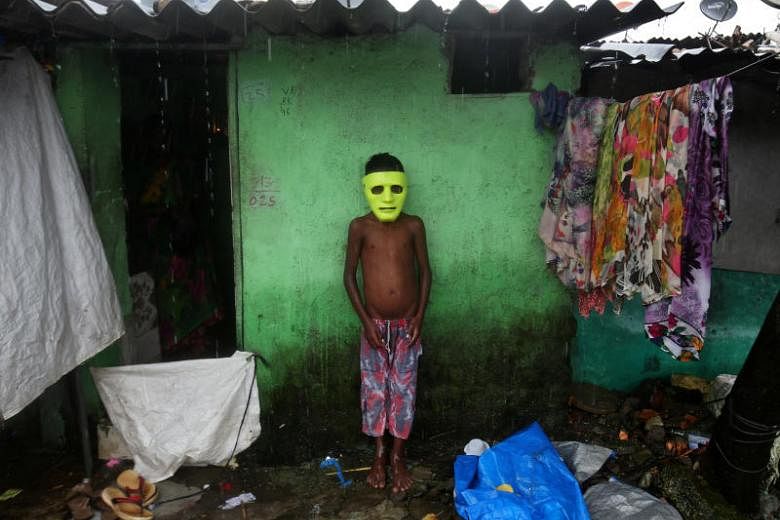MANILA - Cities in East Asia and the small island states that dot the Pacific are home to more than 250 million slum dwellers, the largest slum population in the world, according to the World Bank.
In its latest report on urban poverty, released on Tuesday (Oct 3), the World Bank said that over 250 million are now living in slums in China, Indonesia, the Philippines and elsewhere in East Asia, and in the small island states that dot the Pacific.
Conditions in these settlements are dismal, with settlers living in overcrowded colonies without access to tap water, electricity, sewage disposal, public transportation, and affordable housing.
Slums "mark the sites of deprivation and exclusion (monetary, infrastructural, social, and political) within the urban built environment" and "signal a trend towards the urbanisation of poverty", the World Bank said in the report.
Slum populations have exploded along with rapid urban growth in East Asia and the Pacific.
The region is now home to 1.2 billion - or one in every three of the world's city dwellers - and the rate is still growing at three per cent a year. Cities in China alone have seen a population increase of 130 million urban dwellers from 2000 to 2010.
Half the populations of China, Indonesia, Malaysia, and the Philippines now live in cities.
Urban growth has helped lift about 655 million out of poverty in East Asia and the Pacific in the past 20 years. But it has also led to widening inequality.
The impact is felt most in slums where basic services are almost non-existent.
In Yogyakarta, Indonesia, slum dwellers making a living out of the so-called grey economy make about US$82 (S$112) a month. That compares with US$216 for those in the formal sectors of the economy.
Poor sanitation in Jakarta's slums have led to a higher risk of water contamination, water-borne diseases and disability.
One study reported 342 diarrhoea cases out of every 1,000 inhabitants at one squatter colony, and an infection rate of 43 per cent in children with at least one type of intestinal worm.
Most roads in the slums in the region are without sidewalks, and too narrow for larger public transport vehicles. This means costly and lengthy commutes to workplaces.
Many cities are banning means of transportation favoured by the poor, as rickshaws in Jakarta and trishaws in Wuhan, China.
Transport policies, which mostly involve traffic rerouting and the construction of more roads, are seen as serving the rich as the policies tend to revolve around private cars and their owners.
The World Bank said governments need to revise policies to connect the urban poor to better-paying, more secure jobs, and open lending opportunities to the these groups.
"Cities across East Asia have propelled the region's tremendous growth. Our collective challenge is to expand opportunities to all in the cities, from new migrants living in the peripheries to factory workers struggling to pay rent, so that they can benefit more from urbanisation and help fuel even stronger growth," said Ms Victoria Kwakwa, the World Bank's vice-president for East Asia and the Pacific.


